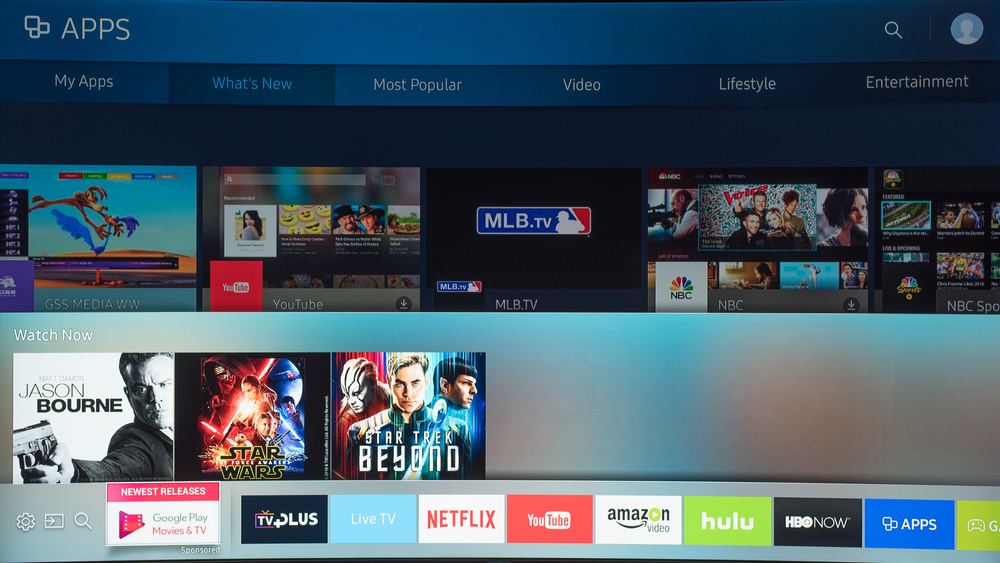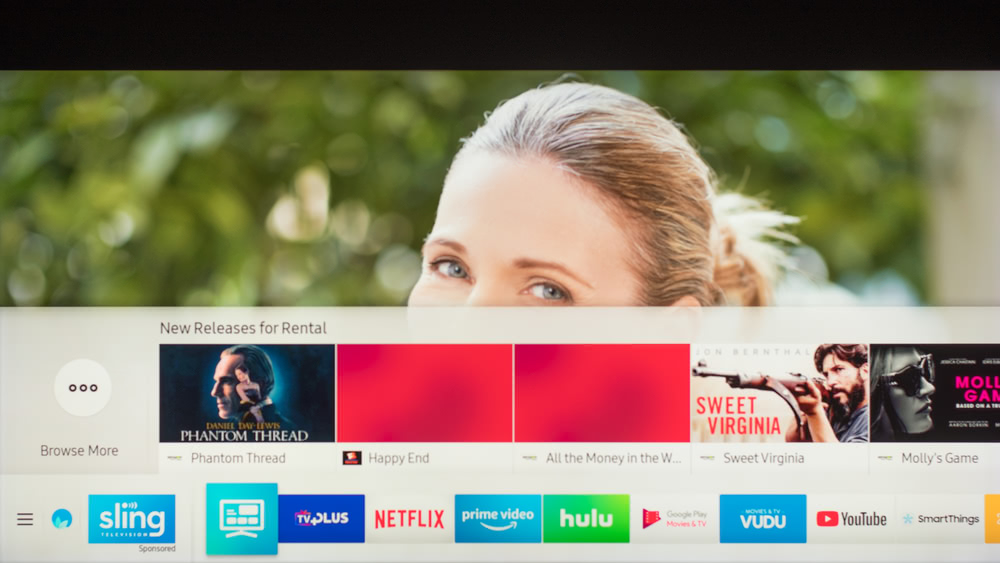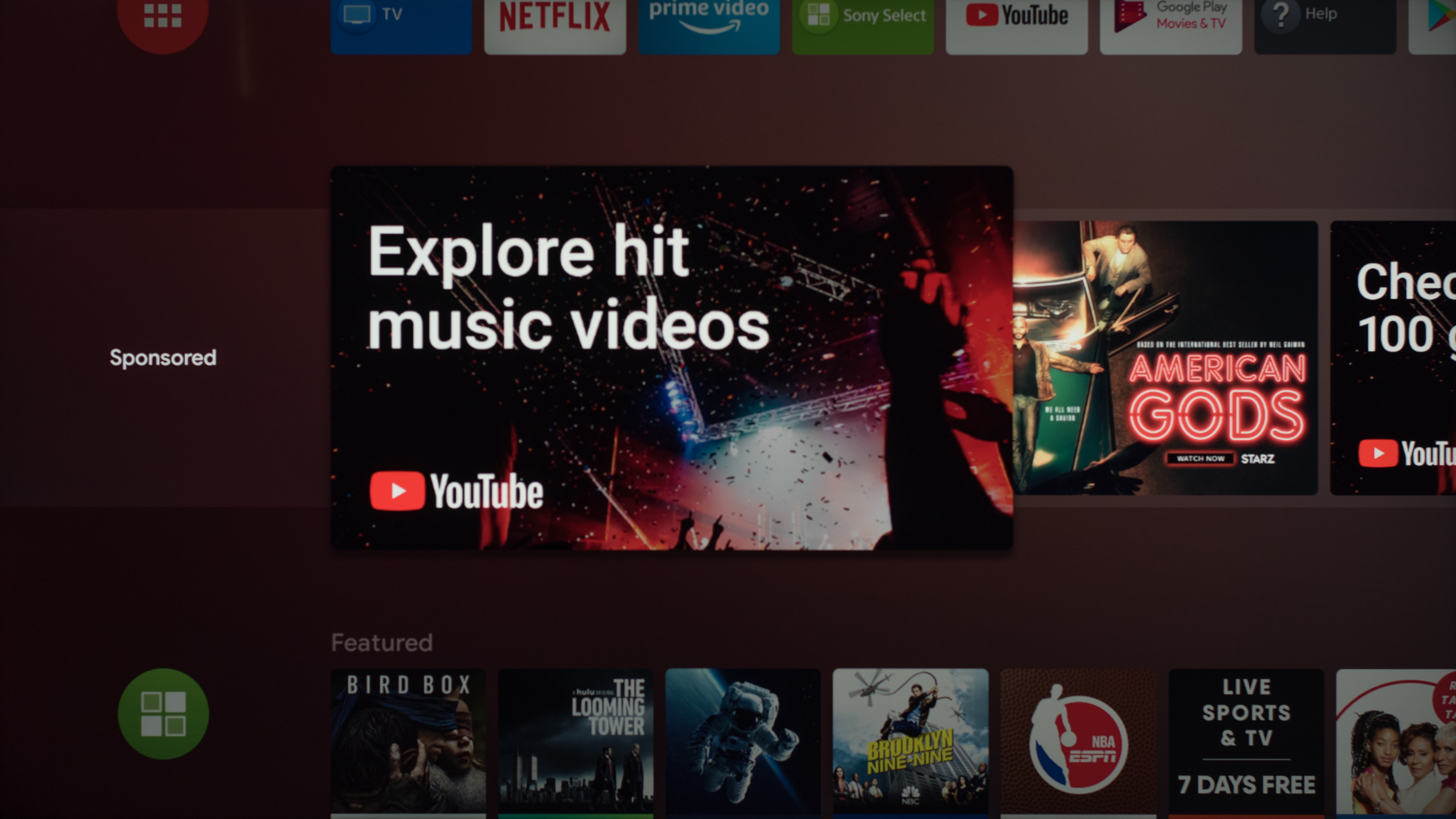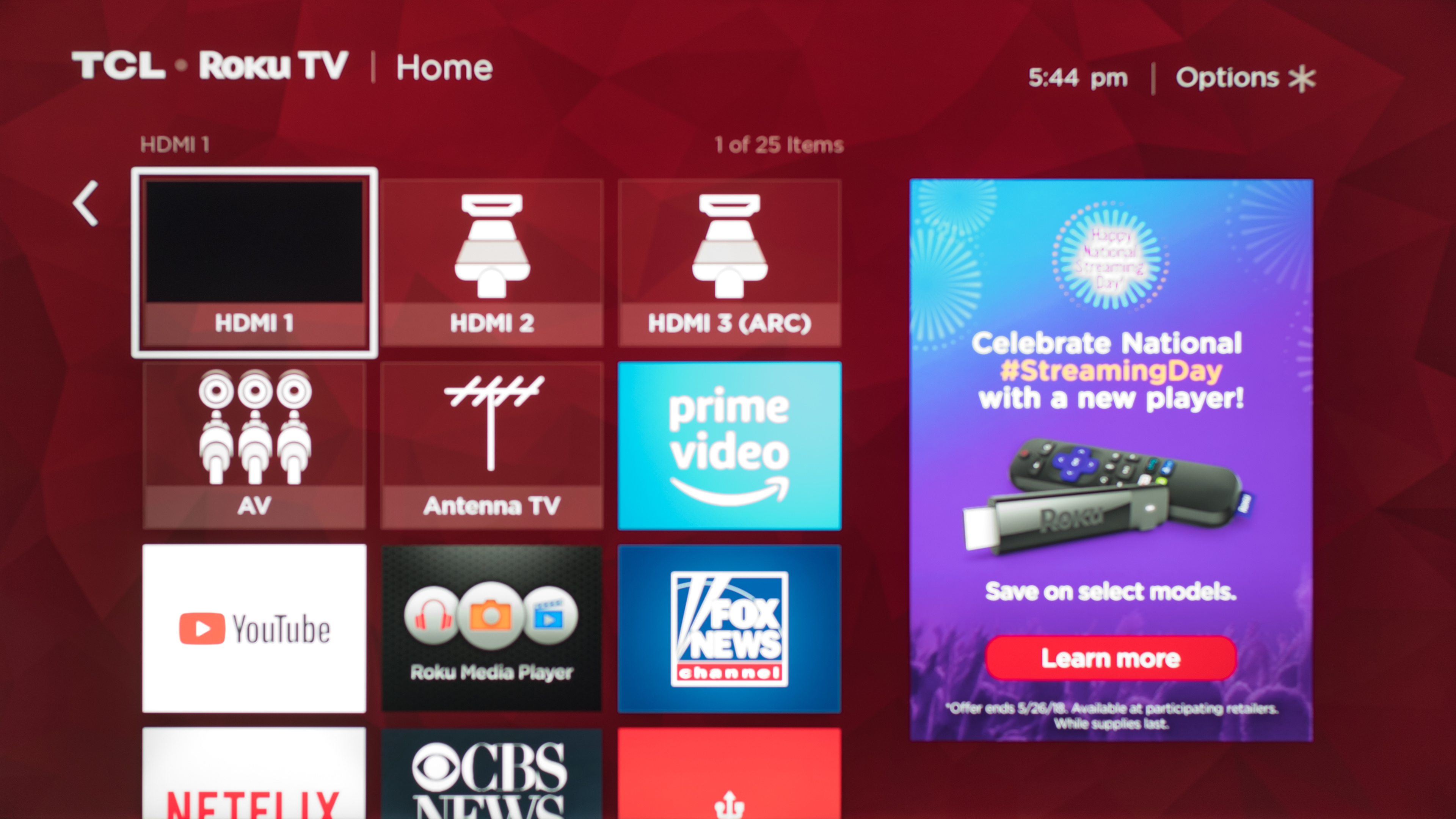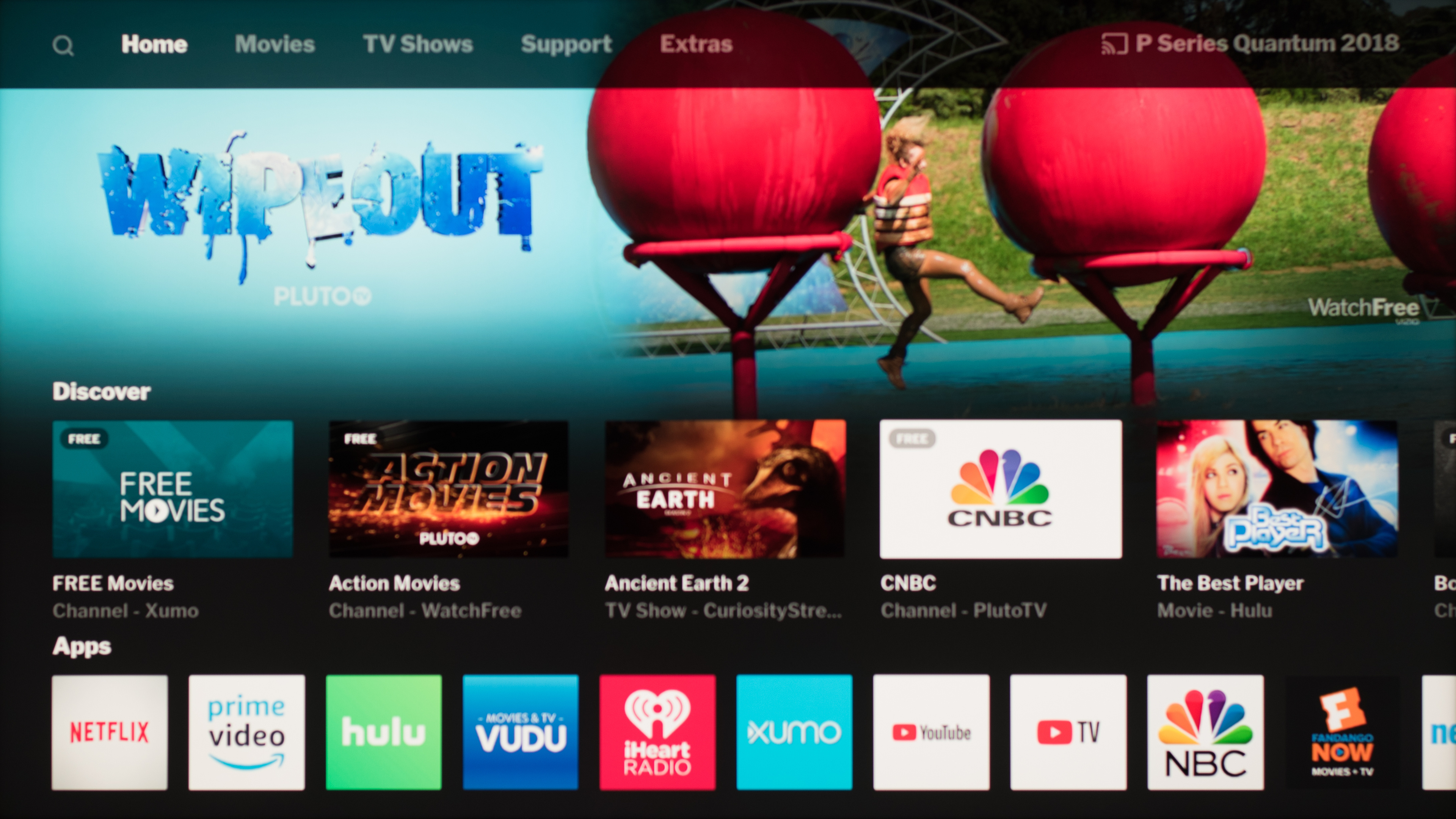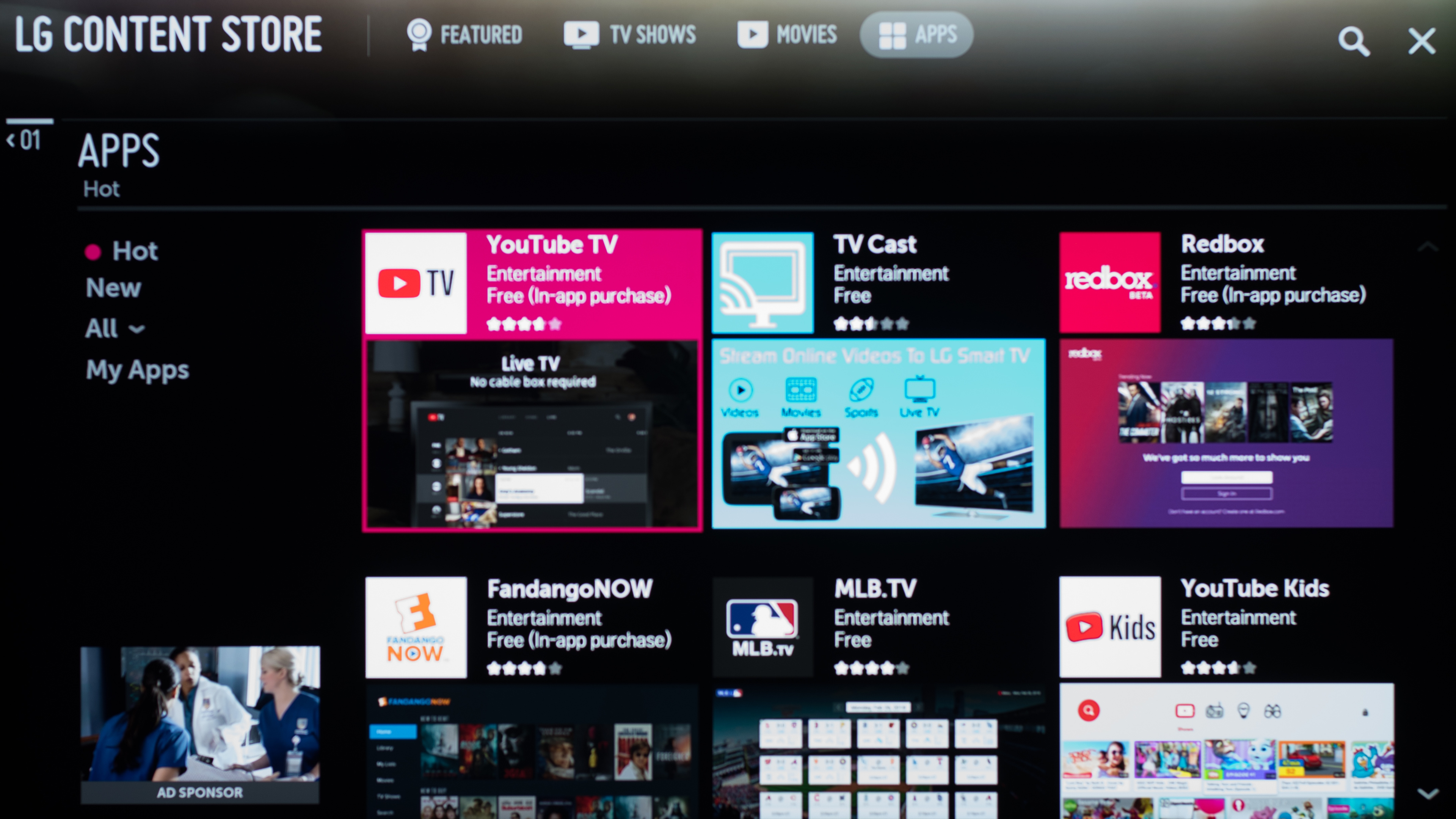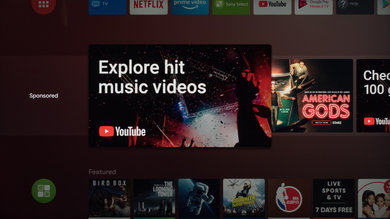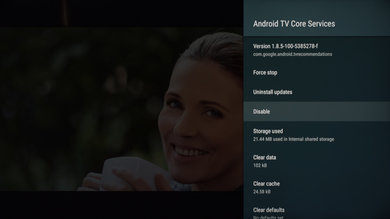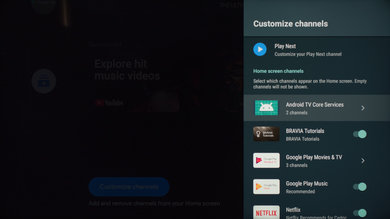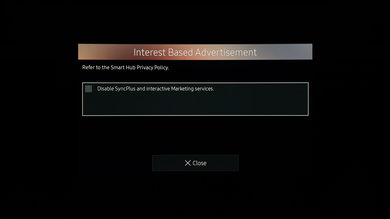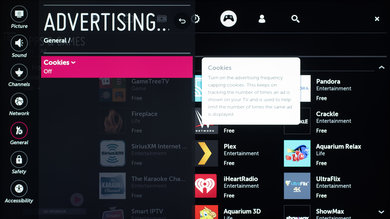It's very hard today to find a competent TV without it having some form of smart functionality. Unfortunately, any device connected to the internet will run the risk of seeing ads serviced by whatever platform they're utilizing. Many manufacturers have decided to build ad distribution platforms from within their operating systems. This can considerably hinder the user's experience, especially in the case of pop-up ads.
Test results
When it matters
Unfortunately, ads have gotten more and more common on today's Smart TVs. In most cases, it is just a little box that you can click to view the contents, but a few TVs show more intrusive ads.
Our Tests
Ad-free
Our rating is a simple boolean; if it has ads, it gets a 0. If it doesn't, it gets a 10. We consider banners that are mentioned as sponsored to be adverts, as well as anything that isn't related to what you should be seeing (e.g. a car ad on the app store).
Opt-out
If a TV allows you to remove ads without any form of trickery, it passes this test. We don't consider the option of opting out of them to be of equal value as a true ad-free experience. Just allowing you to opt-out of personalized advertising also doesn't pass this test. We have not yet seen a TV with ads that allowed us to disable them completely.
How each brand performs
Samsung
All Samsung TVs we've tested have shown some suggested content and ads. Most recently, the 2018 models we've tested showed ads, and suggested content, in both the home menu and content store.
Although most ads shown aren't very intrusive, the suggested content row is, and neither can be disabled completely.
Sony
Sony's Android interface is completely ad-free, which is great. There is a row of suggested content, but on all versions of Sony's Android TV interface this can be completely removed.
Update 01/12/2021: We've received reports that the below workaround is no longer working, but we haven't tested it.
Update 04/09/2019: Google has pushed an update adding a row of suggested content on at least some Sony TVs. These ads cannot be disabled via the "Customize Channels" menu. There is a workaround though, find out how to remove these ads here.
TCL
TCL TVs display ads on the home menu. There is a large section of the home menu that is reserved for ads. When TCL TVs are disconnected from the internet, the area reserved for ads is still there, but is simply a gray box.
TCL ads tend to be the most intrusive of the TVs we've tested, and they can't be disabled. On older models, ads mainly consisted of recommended content. Since 2018, however, ads have started to appear advertising completely unrelated products and services, including ads for Roku streaming devices and for tax software.
Vizio
The Vizio TVs we have tested have all been ad-free, but there is a banner showing suggested content, and it can't be disabled.
Vizio has been criticized in the past for collecting viewing information from customers without their knowledge. Since 2017, all Vizio TVs we've tested still do this, but there is an option to disable ad tracking and to stop collecting viewing information.
LG
There are ads on most LG TVs. Ads mainly appear on the home menu, and in the content store, but they are not always there. A lot of them are suggested content, but there is no option to disable them completely, and no option to opt-out.
Overall, although most LG TVs will display ads at some point in most regions, and they can't be removed, they aren't very intrusive and shouldn't bother most people.
Getting rid of ads
There are ways to block the ads, but they're unfortunately not simple settings you can set on TVs themselves. You have to block them network-wide using more advanced methods such as a custom router firmware and 3rd party ad-blocking DNS servers. These aren't really accessible to most users. Some of the TVs, including Samsung ones, allow you to apply this DNS server from within the TV itself. For more advanced readers who want to learn about these solutions, here are some methods that can provide ad-blocking over your entire network:
Google Sponsored Content on Sony TVs
In April 2019, Google pushed an update to some Sony TVs, including the X900F and X950G, adding a row of Sponsored Content near the top of the home screen. Unlike the existing suggested content row, this new addition cannot be disabled through the normal "Customize Channels" option. These ads may also appear on other Sony TVs that have received the Android Oreo update. For now, we haven't seen it on other TVs though.
It is still possible to remove this new bar though. To do so, you must disable, or delete the app "Android TV Core Services", from the main Settings menu, under Apps. Note that while we didn't notice any issues, this may cause some TV functions to not work properly. When you disable or delete this app, the interface may restart. Once it has finished restarting, from the **Customize channels** menu at the bottom of the home page, select the "Android TV Core Services" channel. From there, you can disable both suggested content bars.
If you find similar ads on your Sony TV, or if the workaround isn't working, let us know in the discussions down below. Special thanks to user DWo for sharing their findings with us.
Related settings
Opt-out of personalized advertising
Some TVs allow you to opt out of personalized advertising. Unfortunately, all this does is show you random adverts instead of ones that are based on data they have of you. We've yet to see a TV that simply allows you to disable them entirely.
Conclusion
Many consumers looking for TVs today are interested in smart features since it allows them to cut the cord and consume content on an ad-free platform whenever they want. It's unfortunate that manufacturers have decided to build ad services within their software to compensate for the ever-falling margins on TV sales. Some might not mind, but for a lot of people, it might be a deal-breaker.
